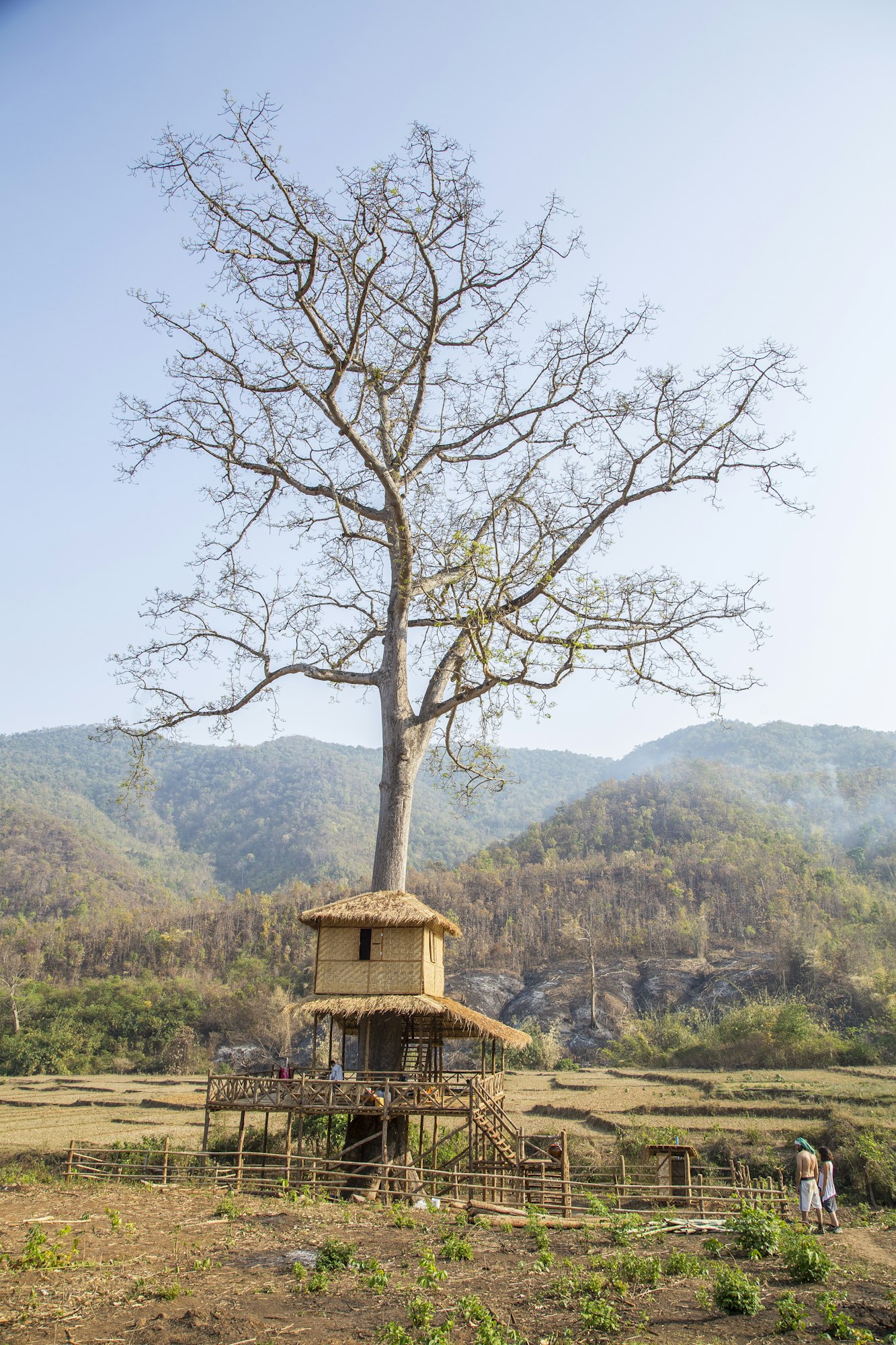Building a treehouse for your kids can be a delightful project. It’s a fun addition to your backyard that offers endless hours of entertainment and imaginative play. However, it’s crucial to ensure that the treehouse is safe and secure. In this guide, we’ll cover the necessary steps to build a treehouse that complies with safety regulations. We’ll discuss how to choose the right tree, design the structure, and select the right materials. Plus, we’ll provide step-by-step instructions on how to construct the treehouse.
Choosing the Right Tree
The first step in building a treehouse is to choose the right tree. This is critical for the safety and stability of your structure.
Lire également : What Are the Best Ways to Incorporate Thermal Mass in Home Design for Natural Heating and Cooling?
Firstly, you need to choose a tree that’s mature and healthy. Look for trees with large, strong branches and no signs of disease or pest infestation. Avoid trees with shallow roots or ones that are leaning.
Next, ensure the tree is in a safe location. It should be far enough from power lines and not too close to your house. Also, be sure the area around the tree is free from obstacles like fences or other structures.
A lire en complément : What’s the Best Method for Recycling Greywater in a Home Garden?
Lastly, consider the tree’s species. Some trees, like oak or maple, have strong wood and can better support a treehouse. On the other hand, certain species like willow or poplar may not be sturdy enough.
Designing Your Treehouse
After selecting your tree, the next step is to design your treehouse. This is where you can let your creativity shine while also taking safety considerations into account.
Your treehouse design will need to be tailored to the specific tree you’ve chosen. Consider the tree’s shape, height, and branch layout when plotting your design.
Ensure your design includes a safe and easy way for kids to climb in and out of the treehouse. This could be a ladder, a set of stairs, or even a rope. Also, think about how high your treehouse will be. While it might be exciting to have a high treehouse, remember that a lower structure will be safer.
When designing the treehouse, be sure to include safety features like railings and barriers to prevent falls. Also, consider using non-toxic materials for the construction.
Constructing the Platform
The platform is the foundation of your treehouse, and building it correctly is vital for the structure’s safety and stability.
First, choose the height of your platform based on your tree’s attributes and your design. Once you’ve decided on the height, you can start constructing the platform.
To build the platform, you will need to attach beams to the tree using treehouse bolts or TABs (Tree Attachment Bolts). These bolts are specifically designed for treehouse construction and won’t harm your tree.
Once the beams are secure, you can proceed with adding joists and then the flooring. Make sure to use pressure-treated wood for added durability and resistance to the elements.
Building the House
Now that you have a stable platform, it’s time to start building the house. Remember to keep safety in mind during this step as well.
Begin by constructing the walls. It’s recommended to build the walls on the ground first and then hoist them up to the platform. If your design includes windows, make sure they are not too large to avoid potential falls.
Next, build the roof. Depending on your design, this could be a simple flat roof or a more complex pitched roof. In either case, make sure the roof is securely fastened to the walls.
Lastly, include any additional safety features in your house. This could include railings around the perimeter, a lockable door, or even a cushioned floor.
Ensuring Safety Regulations Compliance
The final step in building your treehouse is ensuring it complies with safety regulations. This might involve consulting with a local building inspector or a treehouse building professional.
Check your local regulations regarding treehouses. Some areas might require a permit, while others have specific guidelines around the treehouse’s size, height, or location.
Ensure your treehouse has safe access, sturdy construction, and adequate barriers to prevent falls. Also, be sure to inspect the treehouse regularly for any damage or wear and tear.
Building a treehouse can be a rewarding project, but it’s vital to make sure it’s safe and secure for your kids to use. By following these steps, you can construct a treehouse that’s not only fun and exciting but also complies with safety regulations.
Selecting the Right Materials
Before you start building your treehouse, it’s pivotal to choose the right materials. The materials you select will not only influence the longevity and durability of your treehouse but also its safety.
Firstly, for the platform and walls of your treehouse, opt for strong, durable materials. Pressure-treated wood is a popular choice due to its resistance to decay and insects. Choose wood that is straight and free of knots for the best support and finish.
Secondly, when it comes to fasteners, don’t cut corners. Use treehouse bolts or TABs (Tree Attachment Bolts) for attaching beams to the tree. These are specifically designed for treehouse construction and won’t harm your tree. Also, to join different parts of your treehouse use screws instead of nails, as they provide a stronger connection.
Remember to consider what type of roofing material you plan to use. Lightweight options such as corrugated plastic or metal are ideal. They are durable, weather-resistant, and won’t add excessive weight to your treehouse.
Finally, when choosing paint or stain for your treehouse, ensure that it is non-toxic and safe for children. Water-based paints and stains are a good choice because they are safe and easy to clean up.
Frequent Maintenance and Inspections
After constructing your treehouse, the work isn’t completely over. To ensure the safety and longevity of your treehouse, you need to regularly inspect and maintain it.
Check for any signs of wear and tear, especially after extreme weather conditions. Look for any loose screws or bolts and tighten them if necessary. Remember to inspect the tree for any signs of disease or pest infestation, as a sick tree can compromise the safety of your treehouse.
Also, make sure the access points, like ladders or stairs, are secure and in good condition. Replace or repair any parts that show signs of wear or damage.
The wood of your treehouse should be treated annually with a wood preservative to protect it from insects and rot. Likewise, if your treehouse is painted, watch for any signs of peeling or chipping paint that need to be addressed.
Conclusion
Building a treehouse for your children is a rewarding project that blends fun, creativity, and practical skills. By choosing the right tree, designing a safe structure, selecting durable materials, and ensuring regular inspections and maintenance, you can build a treehouse that not only complies with safety regulations but also provides a safe haven for your kids to play and explore.
Remember, adhering to safety regulations and building codes is crucial in any building project, especially when it involves the safety of young children. Always consult with a treehouse building professional or your local building inspector if you have any doubts.
By following these steps, you can ensure that your treehouse will be a safe, durable, and fun-filled space that your children can enjoy for years to come.






